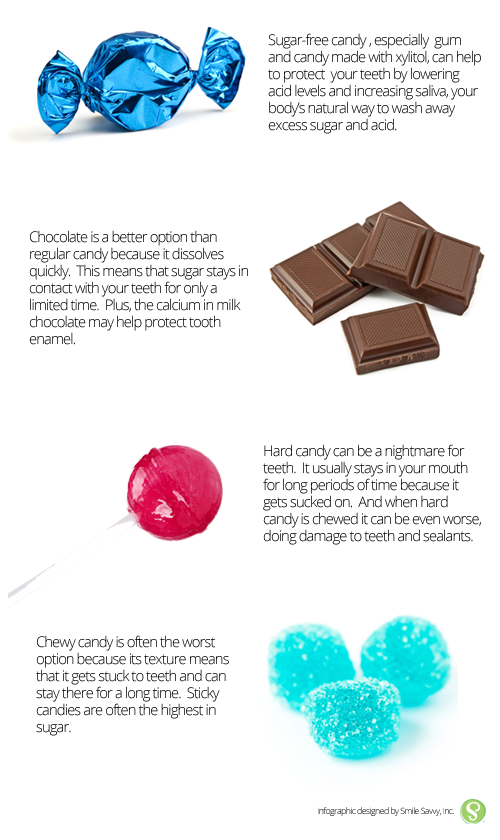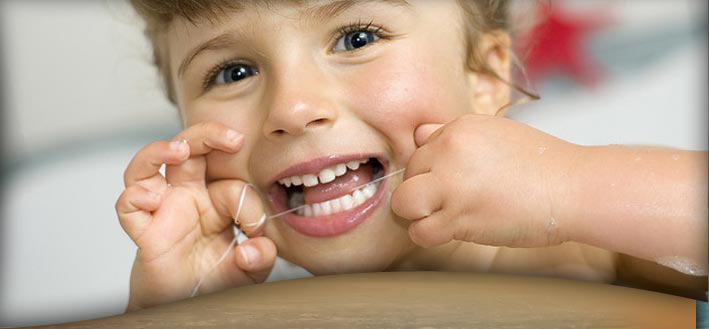Thumbsucking is a very common habit for young children and is usually nothing to worry about. However, it can be a concern when the habit continues or when it begins to cause problems with normal oral development. Here’s everything you need to know about thumbsucking and what can be done to help your child stop.
Is thumbsucking normal?
Thumbsucking is common and normal. In fact, it is such a natural behavior that ultrasounds often reveal it before birth. Babies natural reflexes cause them to suck on any object placed in their mouths. This behavior can provide comfort and soothe anxious nerves, which is why thumbsucking can develop into a habit long after infancy. It’s estimated that 1/3 of all children will suck their thumbs during infancy. Positive emotional development and peer pressure generally end thumbsucking by kindergarten, but some children will continue the habit which can lead to dental problems.
When is it a problem?
If thumbsucking continues after permanent teeth come in or especially in cases of excessively hard sucking, dental problems can occur. Your child’s palate (the roof of the mouth) may become arched causing what’s known as an “Open Bite”. It may also cause front teeth to be pushed forward, causing bite and speech problems. Many older children who still suck their thumbs may have trouble making “S” sounds or sounds requiring the tongue to touch the front teeth. Some children develop chapped skin or nail problems on the thumb or finger being sucked. After age 5, or when permanent teeth are starting to erupt, the child should be encouraged to stop.
How can I help my child stop thumbsucking?
Children usually stop sucking their thumb during their toddler years, but some will continue to use the behavior as a comfort mechanism. We’ve found that the best methods to curb thumbsucking are based on positive reinforcement. Here are a few ideas you might consider:
- A first-step may be to simply ignore the behavior, especially if it is part of a power struggle with your child or it is being used to gain attention. Some experts suggest a “one month moratorium” on discussing the subject before moving on to other methods.
- Use praise when your child isn’t sucking his or her thumb, never scold them when they do.
- Try positive reinforcement such as a sticker chart or other reward system.
- Seek out the possible causes of anxiety and work to alleviate the reasons for thumbsucking.
- Some children suck their thumbs from boredom. Try engaging your child in a fun activity.
- Allow older children to pick a reward for not sucking their thumb.
- Mention the behavior at your child’s next appointment and allow us to offer some positive motivation.
- As a last resort, place a bandage or sock on the child’s hand at night to discourage thumbsucking while sleeping.








